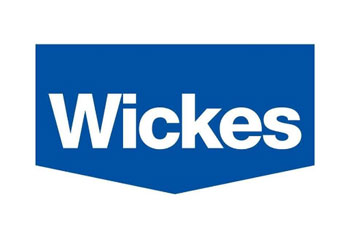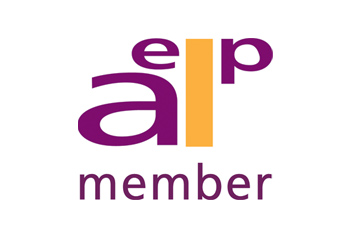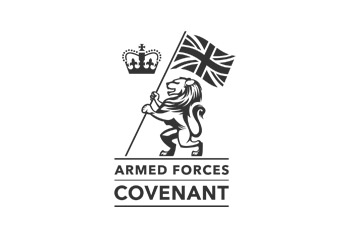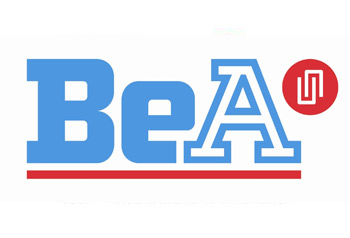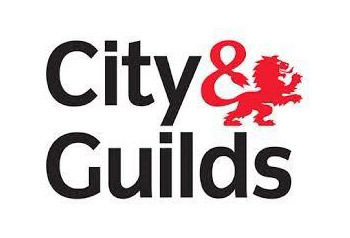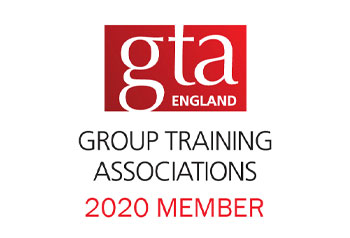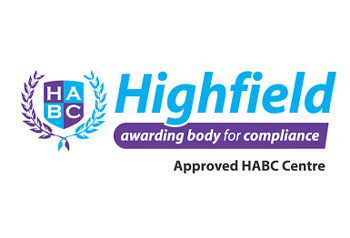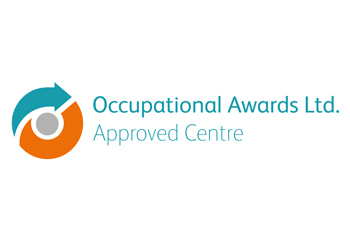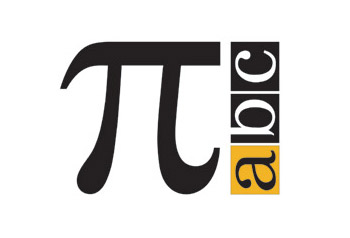The Governments Guide to Fire Safety Law – Are you up to date?
You’re responsible for fire safety in business or other non-domestic premises if you’re: an employer, the owner, the landlord, an occupier or anyone else with control of the premises, e.g. a facilities manager, building manager, managing agent or risk assessor. If there’s more than one responsible person, you have to work together to meet your responsibilities.
Fire risk assessment
As the responsible person, you must carry out and regularly review a fire risk assessment of the premises. This will identify what you need to do to prevent fire and keep people safe. You must keep a written record of your fire risk assessment if your business has 5 or more people.
The risk assessment should consider:
- emergency routes and exits
- fire detection and warning systems
- firefighting equipment
- the removal or safe storage of dangerous substances
- an emergency fire evacuation plan
- the needs of vulnerable people, eg. the elderly, young children or those with disabilities
- providing information to employees and other people on the premises
- staff fire safety training
Emergency evacuation plan
You must have suitable safety and evacuation plans, your plan must show how you have:
- a clear passageway to all escape routes
- clearly marked escape routes that are as short and direct as possible
- enough exits and routes for all people to escape
- emergency doors that open easily
- emergency lighting where needed
- training for all employees to know and use the escape routes
- a safe meeting point for staff
- people with mobility needs
- you should also make special arrangements for people with mobility needs, eg make sure there are people to help wheelchair users get downstairs if there’s a fire.
You’re responsible for fire safety in business or other non-domestic premises if you’re: an employer, the owner, the landlord, an occupier or anyone else with control of the premises, e.g. a facilities manager, building manager, managing agent or risk assessor. If there’s more than one responsible person, you have to work together to meet your responsibilities.
Fire risk assessment
As the responsible person, you must carry out and regularly review a fire risk assessment of the premises. This will identify what you need to do to prevent fire and keep people safe. You must keep a written record of your fire risk assessment if your business has 5 or more people.
The risk assessment should consider:
- emergency routes and exits
- fire detection and warning systems
- firefighting equipment
- the removal or safe storage of dangerous substances
- an emergency fire evacuation plan
- the needs of vulnerable people, eg. the elderly, young children or those with disabilities
- providing information to employees and other people on the premises
- staff fire safety training
Emergency evacuation plan
You must have suitable safety and evacuation plans, your plan must show how you have:
- a clear passageway to all escape routes
- clearly marked escape routes that are as short and direct as possible
- enough exits and routes for all people to escape
- emergency doors that open easily
- emergency lighting where needed
- training for all employees to know and use the escape routes
- a safe meeting point for staff
- people with mobility needs
- you should also make special arrangements for people with mobility needs, eg make sure there are people to help wheelchair users get downstairs if there’s a fire.
Fire safety equipment, drills and training
You must have a fire detection and warning system. You may need different types of detectors, depending on the type of building and the work carried out in it.
Fire fighting equipment
The types of equipment you need depend on your business premises. You’ll need to have any equipment properly installed, tested and maintained and train your staff to use them if necessary.
Maintenance and testing
You must carry out regular checks to make sure that:
- all fire alarm systems are working
- the emergency lighting is working
- you record any faults in systems and equipment
- all escape routes are clear and the floor is in good condition
- all fire escapes can be opened easily
- automatic fire doors close correctly
- fire exit signs are in the right place
Fire drills and training
You need to train new staff when they start work and tell all employees about any new fire risks.
You should carry out at least one fire drill per year and record the results. You must keep the results as part of your fire safety and evacuation plan.
You must have a fire detection and warning system. You may need different types of detectors, depending on the type of building and the work carried out in it
You should carry out at least one fire drill per year and record the results. You must keep the results as part of your fire safety and evacuation plan.
